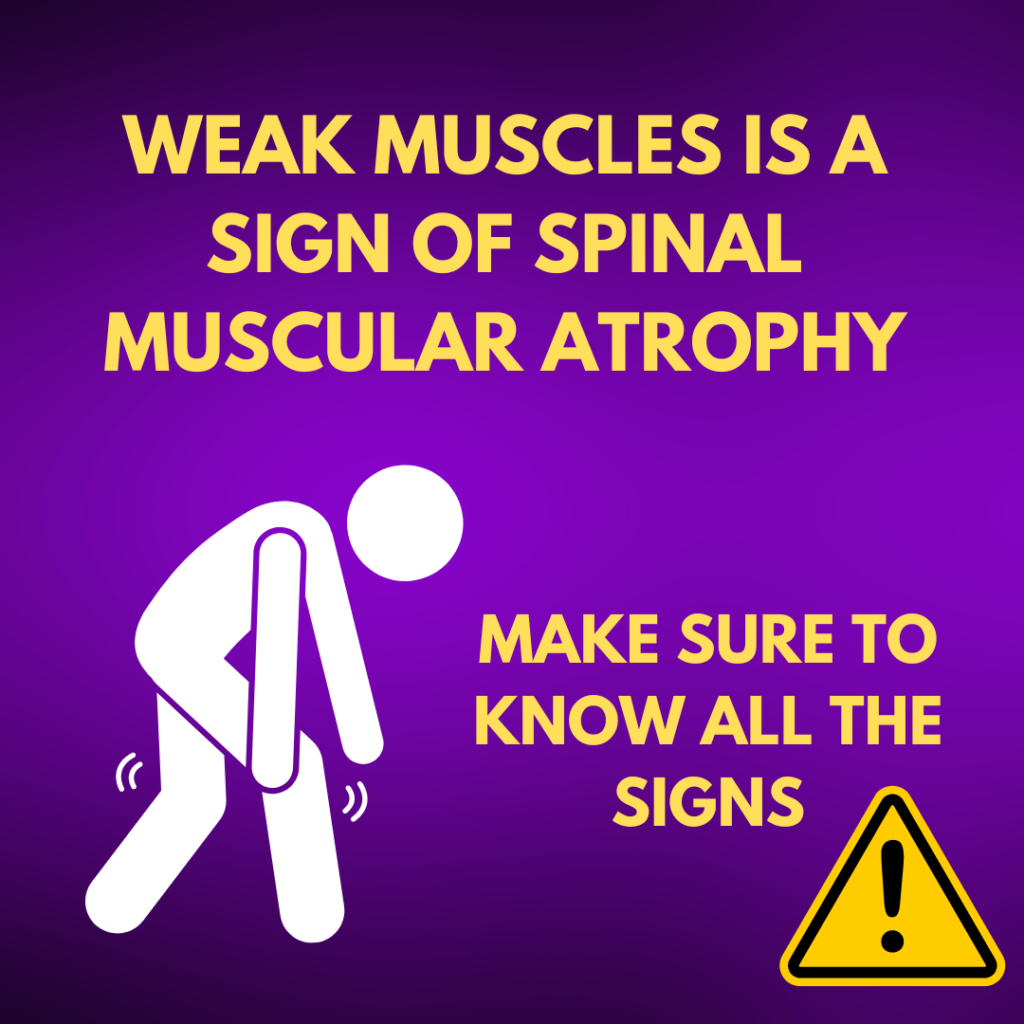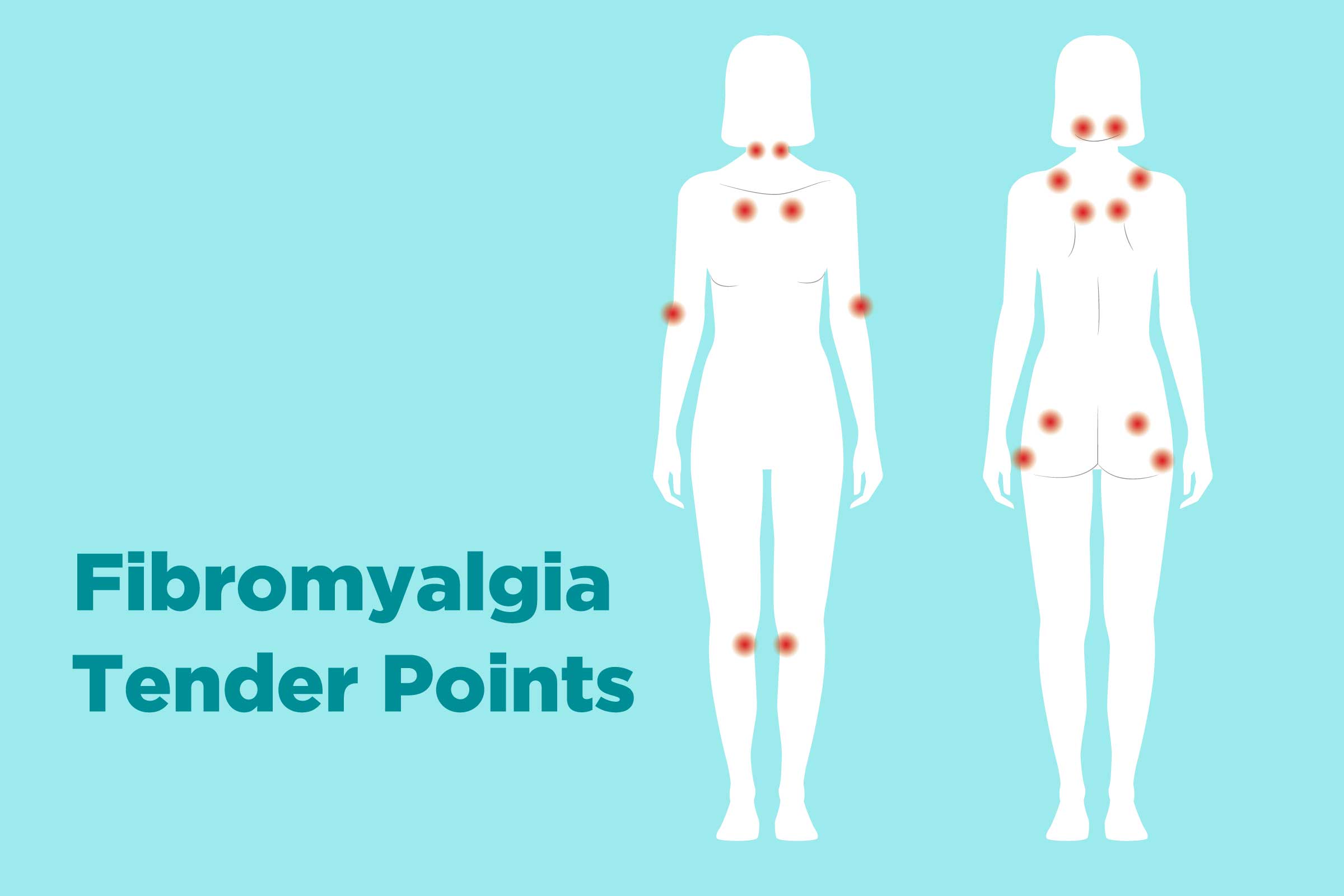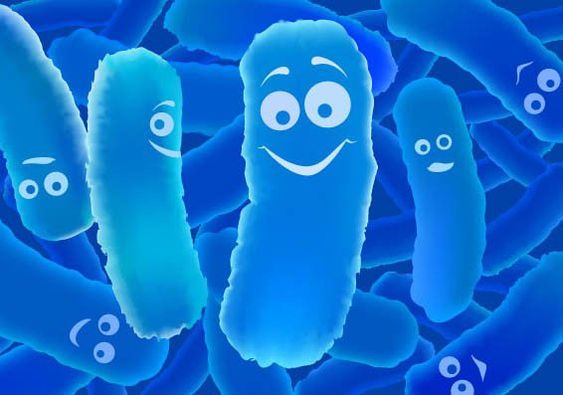Signs of Spinal Muscular Atrophy (SMA)
Spinal muscular atrophy (SMA) is a genetic disorder that affects the nerve cells in the spinal cord and brain. These nerve cells, called motor neurons, control muscle movement. When they are damaged or missing, muscles become weak and can waste away.

The signs and symptoms of SMA vary depending on the type of SMA and the severity of the condition. In general, the earlier the symptoms appear, the more severe the condition.
Types of SMA
There are five main types of SMA:
- SMA type 0: This is the most severe type of SMA. Babies with SMA type 0 are usually born with weak muscles and have difficulty breathing. They may not be able to sit up or roll over. Most babies with SMA type 0 do not live past the age of 2.
- SMA type 1: This type of SMA is also severe. Babies with SMA type 1 are usually born with weak muscles and have difficulty breathing. They may be able to sit up with support, but they are not able to stand or walk. Most children with SMA type 1 do not live past the age of 10.
- SMA type 2: This type of SMA is less severe than SMA types 0 and 1. Children with SMA type 2 are usually able to sit up and stand, but they may not be able to walk without assistance. They may also have difficulty breathing. People with SMA type 2 can live into adulthood.
- SMA type 3: This type of SMA is the mildest type. People with SMA type 3 may have mild muscle weakness, but they are usually able to walk without assistance. They may also have difficulty breathing. People with SMA type 3 can live into adulthood.
- SMA type 4: This type of SMA is very rare. People with SMA type 4 may have mild muscle weakness, but they are usually able to walk without assistance. They may also have difficulty breathing. People with SMA type 4 can live into adulthood.
Signs and Symptoms of SMA
The signs and symptoms of SMA can vary depending on the type of SMA and the severity of the condition. In general, the earlier the symptoms appear, the more severe the condition.
Common signs and symptoms of SMA include:
- Muscle weakness
- Difficulty breathing
- Difficulty swallowing
- Drooling
- Scoliosis
- Trembling
- Fatigue
- Contractures (tightening of muscles)
If you or your child is experiencing any of these symptoms, it is important to see a doctor right away.
Diagnosis
SMA is diagnosed with a blood test or a genetic test.
Treatment
There is no cure for SMA, but there are treatments that can help improve symptoms and quality of life.
Treatments for SMA include:
- Medication: There are several medications that can help improve muscle function and strength.
- Physical therapy: Physical therapy can help improve muscle strength and range of motion.
- Occupational therapy: Occupational therapy can help people with SMA learn how to perform everyday tasks.
- Speech therapy: Speech therapy can help people with SMA learn how to speak and swallow.
- Surgery: Surgery may be necessary to correct scoliosis or other complications of SMA.
If you or your child has SMA, it is important to work with a team of doctors and other healthcare professionals to develop a treatment plan that is right for you.
With proper treatment and care, people with SMA can live full and productive lives.





